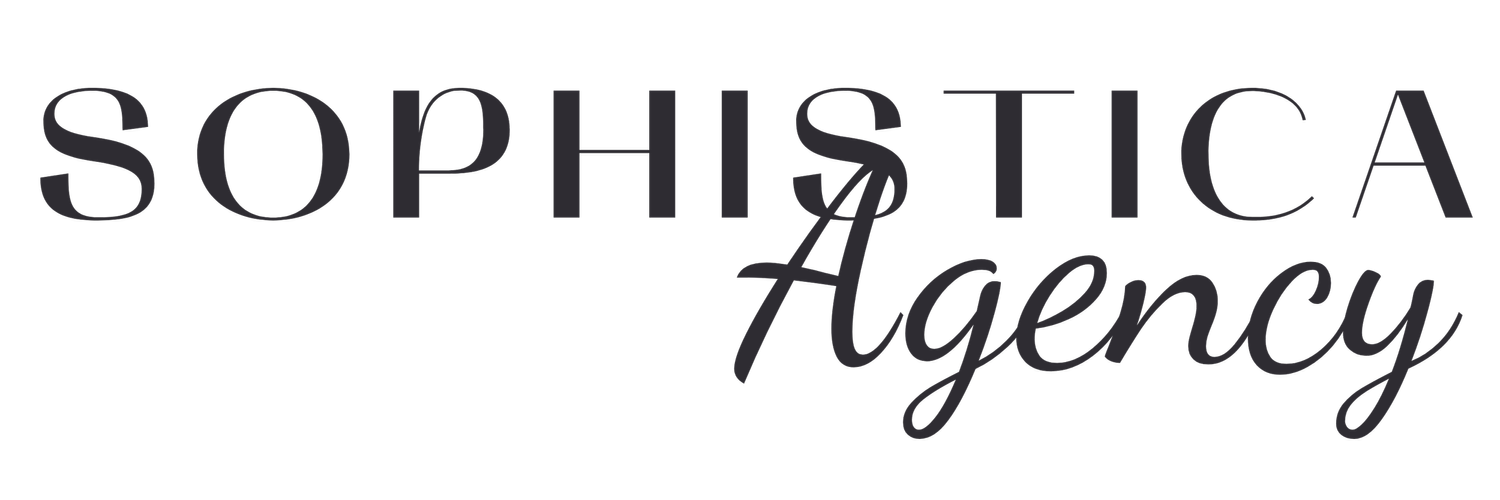Putting Pen to Paper: Tips and Tricks for Starting Your Journaling Practice
Journaling is amazing for so many reasons: It’s therapeutic and relaxing, it helps you retain memories, and it can help you become a more positive person. But it can be intimidating for some. And for others, easy to forget about or to write off as something for teenage girls. But journaling can be great for everyone! It doesn't have to take up much time in your day, and you don't have to write a whole story about how the maintenance worker came to fix the AC today. (although you can, if that's something you want to write about!)
To be honest, when I picture journaling, I picture just writing about my day. Historically, that is what I will do when I want to journal, only because that's how I've always done it. I'll tell a story about my day, how it made me feel, what I liked or disliked. But I found myself overthinking it. Who cares about all this, why I am I even writing about this, my life is so uninteresting. So, in true Sophie fashion, I did a lot of research about journaling. I found out how many different kinds of journaling there really is. I read journaling tips and prompts. I learned the psychology of why journaling is healthy. And I set out to create the perfect, simple template for people like me, who want to journal but may feel insecure while doing it or start thinking it's a pointless thing to do.
Points to consider:
Journaling is a very personal experience, so do what makes you happy! If you like to word vomit all over a page then do so, if you want to draw something you saw today, do that. There is no "right way" to journal. In my mind, the point of journaling is to get out your thoughts and feelings from the day so they aren't stuck in your head keeping you up at night. It's to remind yourself about the good things that happen in your life, however small. And it's to help you remember good memories. So however you want to express that is up to you.
Step 1: Pick Your Tools
If you like using a fancy notebook and a fountain pen, all the better for you, but you can even just start a note in your phone where you jot a few quick notes about your day. That way it is always on you, and you can access it from wherever. But first decide with what you want to journal with. I personally use GoodNotes on my iPad, using the templates down below. In the past I’ve used notebooks (I’m a sucker for dotted, hardcover notebooks), but I’ve found these days I’m away from home too much and I don’t like to carry a notebook everywhere, but I almost always have my iPad on me!
Step 2: Decide Why You’re Journaling
A few reasons could be: to plan your day, to remember what happened, to become more grateful, to let go of negative thoughts. It could be for any number of reasons, but I’ve found that I don’t really stick with any habits if I don’t even know why I’m doing it. So clearly define your reason.
Step 3: Figure Out What to Write About
Do you want to free-write at the end of the day all about your day? Do you want to make lists in the morning? Do you want to ask yourself questions/use prompts? Use your reason why to figure out how you will write. Below I’ve included some of my favorite journal prompts for the morning and evening.
If you still don't know where to start, I have created a few simple templates that might help you. They include prompts for what to write about and what to keep track of. It's great for a quick little journal session at the end of the day, but you can do it whenever you have time! If you are like me and have trouble remembering, try setting a reminder on your phone for the same time every day and try to journal when it goes off, before you forget.




